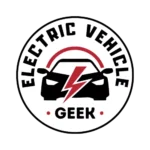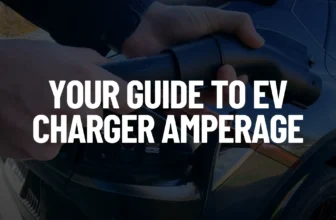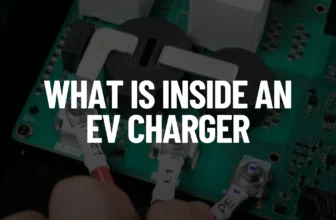Electric vehicles normally rely on EV charging data to improve your electric vehicle charging experience and also facilitate smart grid management. An electric vehicle is equipped with a range of sensors, ECUs(Electronic controller units), and analytics capabilities to collect and analyze charging data.
EV charging data is important in estimating the range of electric vehicles, recommending the nearest EV charger location/navigation, and in case of EV charging failure helping debug the issues.
EV charging data can be classified into three categories, battery-related data, vehicle-related data, and EV charger-related data.
Table of Contents
Battery Data in Electric Vehicles
Outlined below are key electric vehicle battery data parameters and their respective applications within the EV ecosystem.
- Battery Size/Capacity: Enables Consumer Portal Operators (CPOs) to calculate range in kilometers, providing a more user-friendly metric than a percentage.
- Battery Temperature: Influences charging speed significantly; informing consumers helps manage expectations and optimize charging conditions.
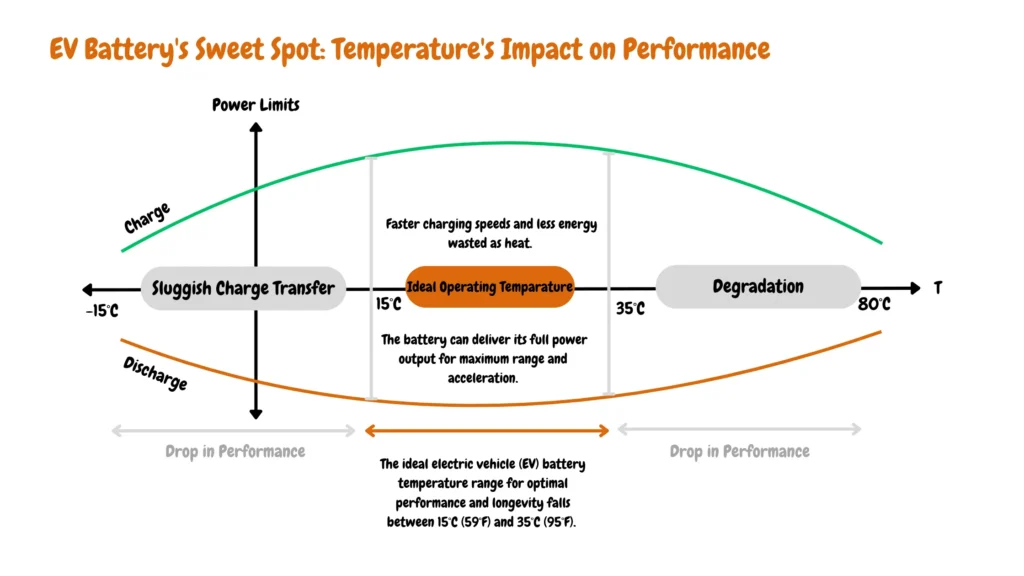
- Current Vehicle Consumption: Essential for calculating range in kilometers, which is more meaningful to consumers than percentage.

- State of Charge (SoC): Vital for smart charging strategies and grid management, allowing optimization based on available electricity and grid congestion.

- Charge Window: Helps consumers plan charging times and optimize sessions based on their preferences, optimizing session efficiency and throughput with timely updates on progress.

- Recharged Range: Communicates additional range gained per charging session, informing consumers effectively.
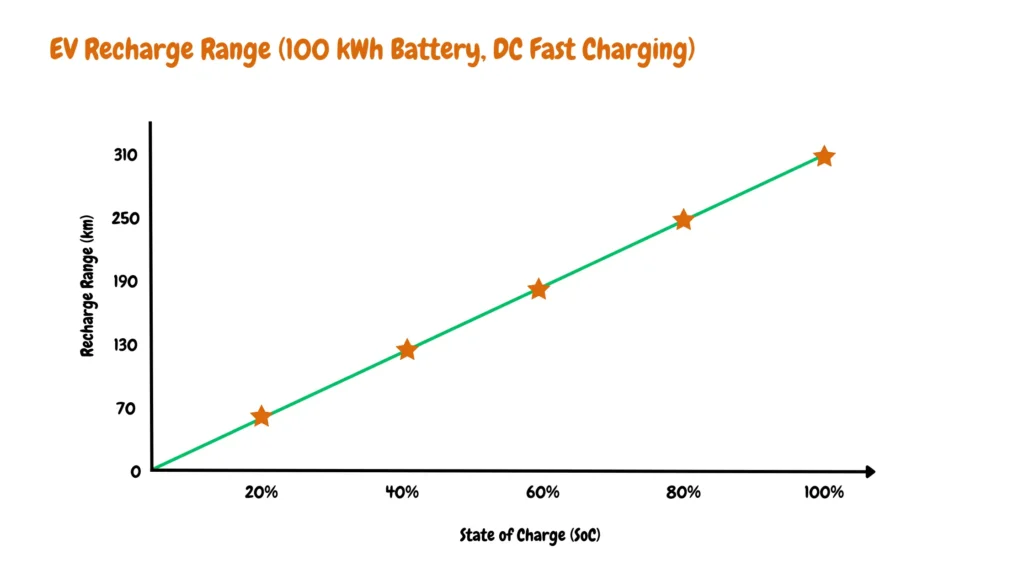
- EV Charging Fault Monitoring and Warning: Increases transparency and ensures consistent service levels by providing clear status updates.
- Possible and Expected Charging Curve: Predicts charging duration and improves charge point availability planning for both operators and consumers.
- Current Charging Power (Charge Speed): Indicates charging speed to manage expectations, monitor battery performance, and identify potential issues.
| Charger Power Output | 40kWh (Battery Capacity) | 60kWh (Battery Capacity) | 80kWh (Battery Capacity) | 100kWh (Battery Capacity) |
|---|---|---|---|---|
| 1.4kW | 1.5 Days | 2.2 Days | 3 Days | 3.7 Days |
| 1.9kW | 1.1 Days | 1.6 Days | 2.2 Days | 2.7 Days |
| 7.7kW | 5.8 Hours | 8.7 Hours | 11.5 Hours | 14.4 Hours |
| 9.6kW | 4.6 Hours | 6.9 Hours | 9.3 Hours | 11.6 Hours |
| 11.5kW | 3.9 Hours | 5.8 Hours | 7.7 Hours | 9.7 Hours |
| 150kW | 16 Minutes | 24 Minutes | 32 Minutes | 40 Minutes |
| 250kW | 10 Minutes | 14 Minutes | 19 Minutes | 24 Minutes |
- Bi-directional charging capability: Assesses bidirectional charging ability, critical for vehicle-to-grid applications.

- Time of Departure: Allows optimization of charging schedules based on grid conditions and consumer preferences, enhancing efficiency and cost-effectiveness in the EV market.
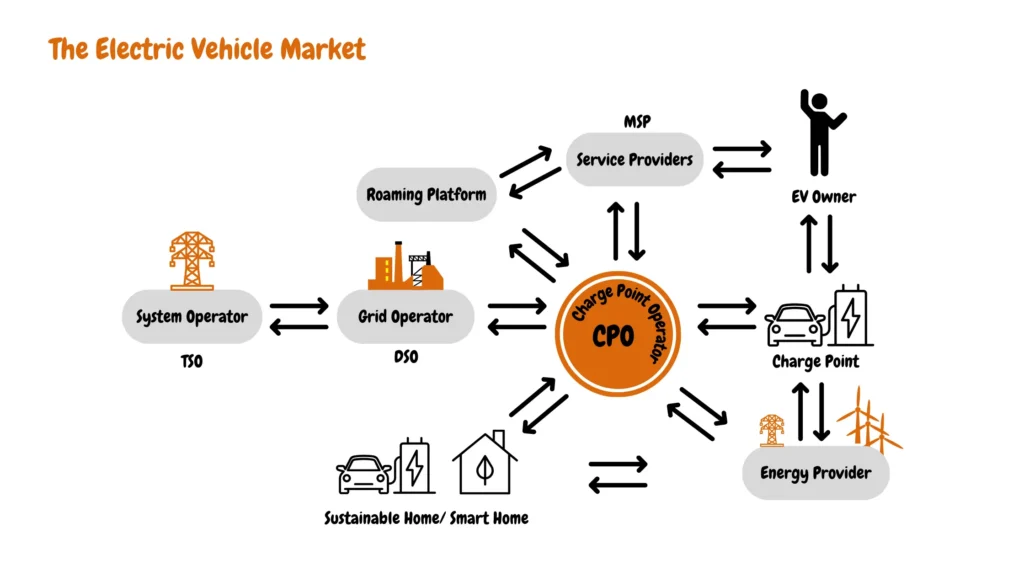
Vehicle-Specific Data in EVs
- Vehicle Type, Model, Build Year: Critical for identifying and debugging issues during charging by the CPOs. Enhances consumer experience by providing accurate charging advice and resolving errors promptly.
- Stable Vehicle Identifier (e.g., VIN, ISO 15118 EVCCid, or MAC address): Essential for fraud prevention and enabling secure alternative payment methods like Plug & Charge. Facilitates better consumer behavior understanding for improved pricing and service offers, with strict compliance with GDPR.
- Vehicle Preconditioning Status: Determines if battery preconditioning is active, crucial for optimizing charging speed. Enables remote activation through third-party apps, enhancing charging pool throughput.
- Vehicle Geolocation: Improves navigation within charging parks and recommends nearby chargers, enhancing user convenience.
- Vehicle Climate Control Status: Accounts for air conditioning impact on State of Charge (SoC), offering relevant charge stop recommendations.
- Access to Onboard Navigation: Provides intelligent charge-stop suggestions based on destination and current SoC, optimizing route planning.
- Inlet/Port Number and Location: Facilitates automated and autonomous charging processes in future vehicle technologies.
- Vehicle Preconditioning Impact on Charge Speed: Educates consumers on maximizing charge speed by activating preconditioning, addressing common feedback on charging efficiency.
EV Charger Data
- Vehicle Plug & Charge Capability: Informs consumers about the benefits of Plug & Charge, encouraging activation for faster and more reliable charging experiences. It aims to minimize authentication issues, enhancing overall charging success rates.
- Installation Status of Plug & Charge Contract: Provides transparency on the status of certificate installation via ISO15118. This information helps consumers understand the progress and any potential errors, ensuring successful completion of the process.
- Installed & Currently Activated Plug & Charge Contract: Enables consumers to view pricing transparency by detailing the cost per kWh for specific contracts at each charger. This empowers consumers to choose the preferred contract for their charging session, promoting informed decision-making.
- Fault Detection: The fault and warning data in an electric vehicle (EV) charger fault monitoring system is crucial for identifying potential safety issues, such as leakage currents and improper earth connections, and promptly alerting users to prevent hazards and ensure safe charging operations.
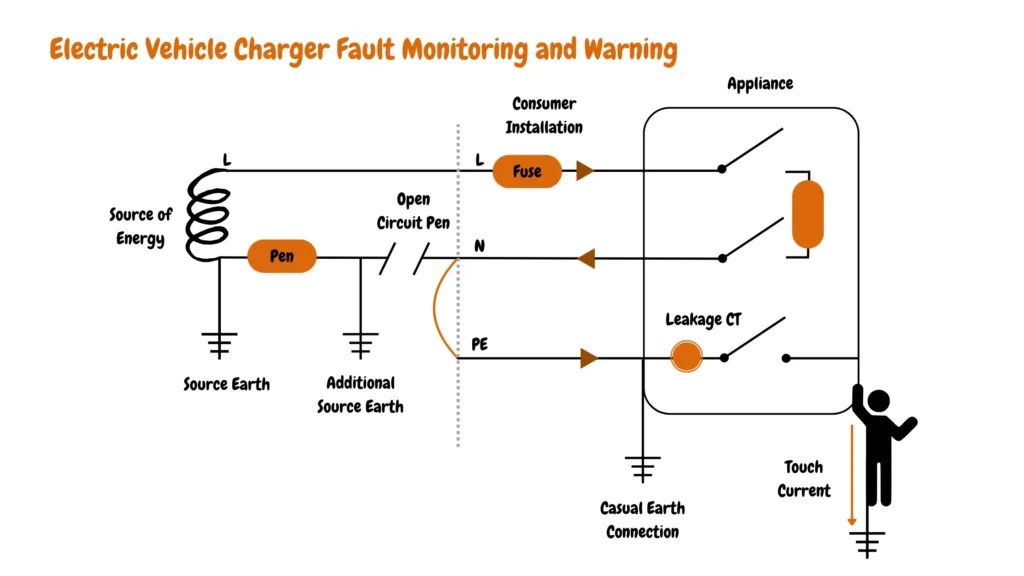
Where Does Your Electric Car Store Its EV Charging Data?
EV Charging data collected from multiple sources both internal and external including the EV charger, charging station management system, and customer inputs is stored across multiple electronic control units (ECUs) and systems, each serving specific functions related to vehicle operation, performance monitoring, and driver convenience
Battery Management System (BMS)
The BMS monitors and manages the battery pack’s performance, health, and safety. It stores data related to battery temperature, voltage levels, state of charge (SOC), and overall battery condition. This data is crucial for optimizing battery life, ensuring safe operation, and providing accurate range estimates.
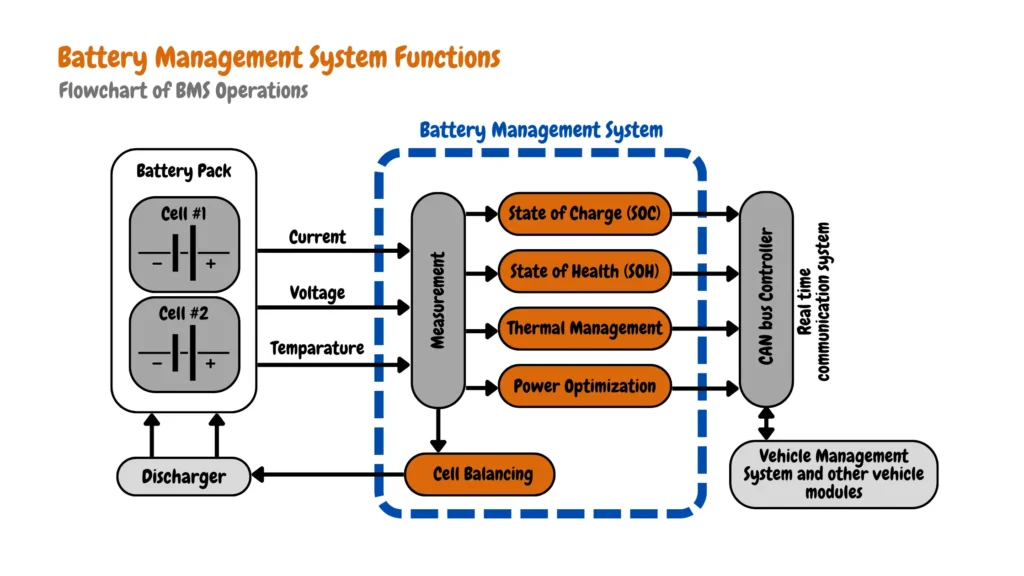
Powertrain Control Module (PCM)
The PCM controls the operation of the electric motor(s), inverter, and other powertrain components. It stores data related to motor performance, efficiency metrics, and diagnostics. This data helps in optimizing power delivery, maximizing efficiency, and diagnosing issues with the powertrain.
Vehicle Control Unit (VCU)
The VCU acts as the central hub for coordinating various vehicle functions and systems. It integrates data from sensors, the BMS, PCM, and other subsystems to manage overall vehicle operation, including acceleration, braking, and stability control. The VCU stores data related to vehicle dynamics, operational parameters, and diagnostic information.
Infotainment System and Telematics
Modern EVs are equipped with infotainment systems that include touchscreens, navigation, and connectivity features. Telematics systems collect and store data related to vehicle location, charging history, performance analytics, and remote monitoring capabilities. This data is often transmitted to the manufacturer’s cloud servers for analysis and can be accessed via mobile apps or web portals.
Instrument Cluster
The instrument cluster displays essential vehicle information to the driver, including speed, range, battery status, and energy consumption. It stores data related to trip logs, driver preferences, and vehicle settings.
External Connectivity
Some EVs may also store data in external cloud servers maintained by the manufacturer or service providers. This includes software updates, diagnostic reports, and performance analytics that enable remote monitoring and over-the-air updates.

James Ndungu is a certified EV charger installer with over five years of experience in EVSE selection, permitting, and installation. He holds advanced credentials, including certification from the Electric Vehicle Infrastructure Training Program (EVITP) and specialized training in EV charging equipment and installation, as well as diplomas in EV Technology and Engineering Fundamentals of EVs. Since 2021, James has tested dozens of EV chargers and accessories, sharing expert insights into the latest EV charging technologies.
